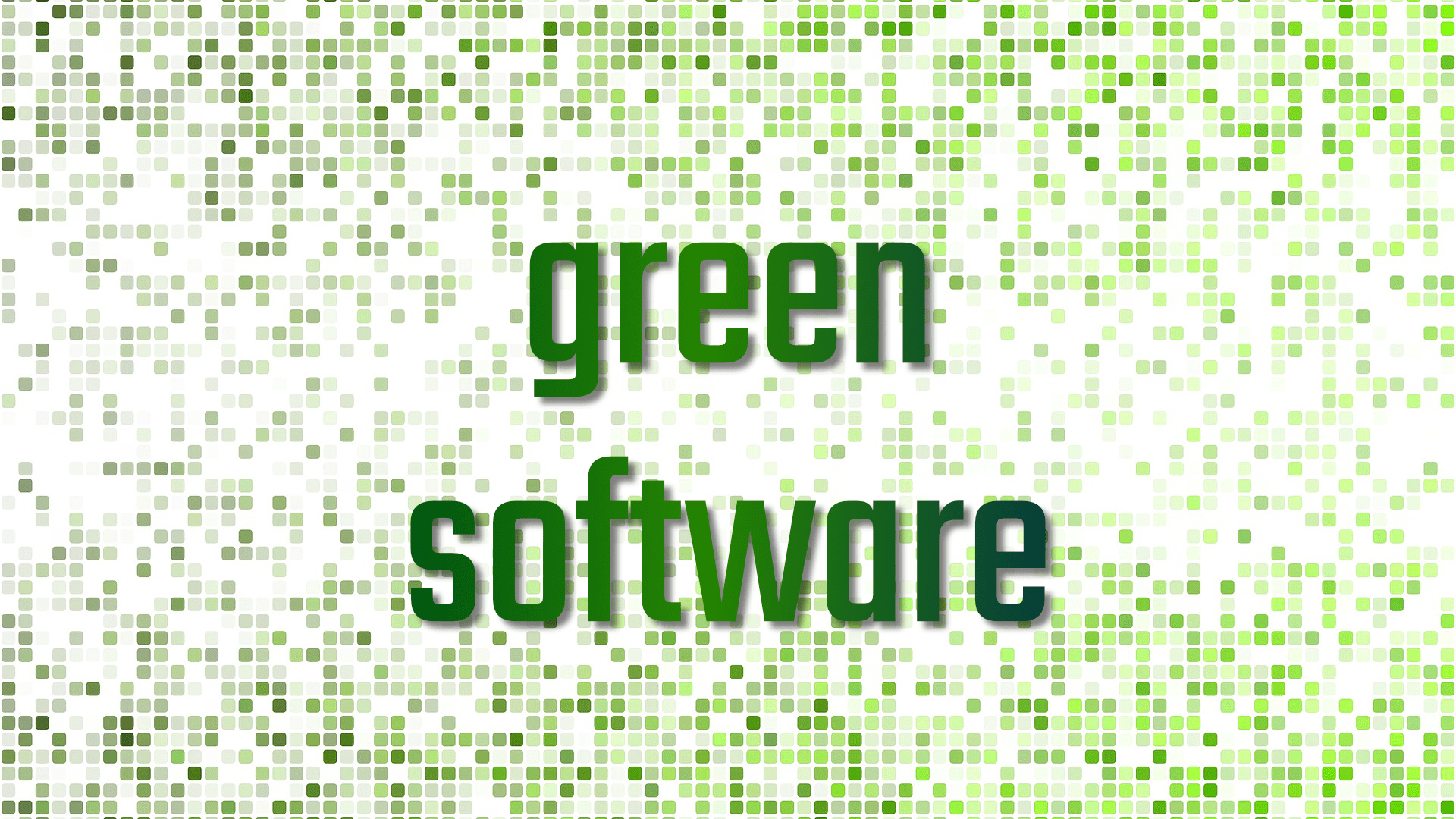What is green software ?
Green software, also known as sustainable software or eco-friendly software, refers to software applications and practices that prioritize environmental sustainability and minimize their ecological impact. Green software aims to reduce energy consumption, minimize resource usage, and promote sustainable development practices throughout the software lifecycle.
Here are some key characteristics and practices associated with green software:
- Energy Efficiency: Green software focuses on optimizing energy consumption during software development, deployment, and operation. This involves designing algorithms and software architectures that minimize computational requirements, utilizing power-saving techniques, and optimizing hardware utilization.
- Resource Conservation: Green software aims to minimize the consumption of resources such as processing power, memory, and storage. By optimizing code and reducing resource usage, it helps to reduce the environmental footprint of software applications.
- Cloud Computing and Virtualization: Green software leverages cloud-based services and virtualization technologies to improve energy efficiency. By consolidating computing resources and optimizing their utilization, organizations can reduce energy consumption and lower carbon emissions.
- Sustainable Development Practices: Green software promotes sustainable development methodologies such as Agile and DevOps. These practices emphasize iterative development, collaboration, and continuous improvement, leading to more efficient software delivery and reduced waste.
- Data Center Optimization: Green software solutions strive to maximize the efficiency of data centers, which are significant energy consumers. Techniques such as virtualization, server consolidation, and intelligent workload management can help reduce energy consumption and improve resource utilization.
- Lifecycle Management: Green software considers the entire lifecycle of software applications, from development to disposal. It involves implementing sustainable design principles, using environmentally friendly coding practices, and considering end-of-life scenarios for software and hardware components.
- Renewable Energy Integration: Green software supports the integration of renewable energy sources into software systems. By optimizing the utilization of renewable energy, organizations can reduce their reliance on fossil fuels and minimize greenhouse gas emissions.
- Metrics and Monitoring: Green software emphasizes the measurement and monitoring of energy consumption and environmental impact. By collecting data on software performance and resource usage, organizations can identify areas for improvement and make informed decisions to reduce their ecological footprint.
Adopting green software practices can lead to several benefits, including reduced energy costs, improved operational efficiency, minimized environmental impact, and enhanced sustainability credentials. Organizations and developers are increasingly recognizing the importance of green software in achieving their environmental goals and contributing to a more sustainable future.
Green Software in U.S.A
Green software, also known as sustainable or eco-friendly software, refers to software applications and practices that prioritize energy efficiency, resource conservation, and environmental sustainability. While I can provide general information about green software, please note that I do not have access to real-time data or specific information about the current state of green software in the USA beyond my knowledge cutoff in September 2021.
In the United States, there is a growing interest in developing and adopting green software solutions to reduce the environmental impact of information technology (IT) operations. Several factors have contributed to this trend, including increasing awareness of climate change, the desire to minimize energy consumption and waste, and the recognition of the role that software can play in achieving sustainability goals.
Green software encompasses various aspects, including:
- Energy Efficiency: Green software focuses on optimizing energy consumption during software development, deployment, and operation. This involves reducing computational requirements, improving algorithms, utilizing power-saving techniques, and optimizing hardware utilization.
- Cloud Computing: Cloud-based services and virtualization technologies offer opportunities for energy-efficient software deployment. By consolidating computing resources and optimizing utilization, organizations can reduce their overall energy consumption and carbon footprint.
- Data Center Optimization: Green software solutions aim to maximize the efficiency of data centers, which are significant energy consumers. Techniques such as virtualization, server consolidation, and intelligent workload management can help reduce energy consumption and improve resource utilization.
- Sustainable Development Practices: Green software promotes sustainable development methodologies such as Agile and DevOps. These practices emphasize iterative development, collaboration, and continuous improvement, leading to more efficient software delivery and reduced waste.
- Renewable Energy Integration: Green software can facilitate the integration of renewable energy sources into software systems. By optimizing the utilization of renewable energy, organizations can reduce reliance on fossil fuels and minimize greenhouse gas emissions.
- Lifecycle Management: Green software considers the entire lifecycle of software applications, from development to disposal. This includes implementing sustainable design principles, using environmentally friendly coding practices, and considering end-of-life scenarios for software and hardware components.
In the United States, several organizations and initiatives promote green software practices and encourage the adoption of sustainable IT solutions. These include industry associations, government programs, and voluntary certifications. For example, the Green Grid is a consortium of IT industry professionals working to improve energy efficiency in data centers and business computing ecosystems.
Additionally, various energy efficiency and sustainability programs offered by government agencies and utilities encourage organizations to adopt green software practices. These programs may provide incentives, grants, or other forms of support to promote energy-efficient IT solutions.
It’s important to note that the landscape of green software in the USA may have evolved since my knowledge cutoff in September 2021. To get the most up-to-date information on current initiatives, organizations, and developments in green software, I recommend consulting recent resources, industry reports, government websites, and IT sustainability-focused organizations in the United States.






